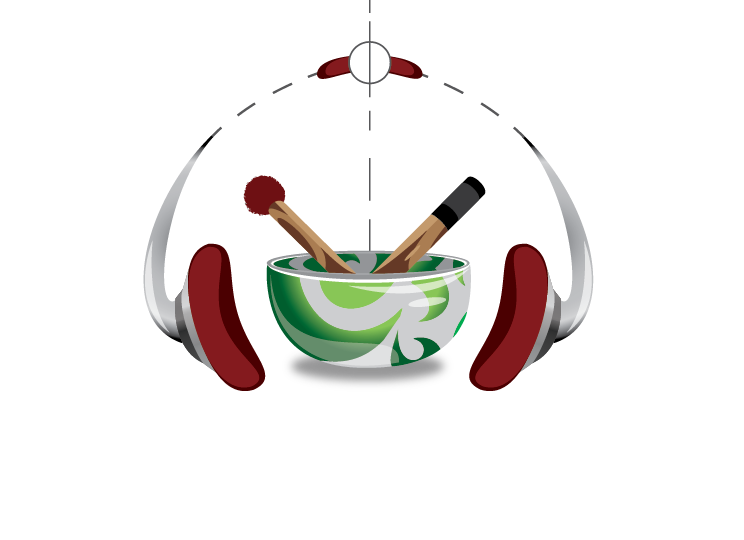Sound and Frequency
Sound and frequency have a profound impact on the human body and mind. Scientifically, different frequencies affect brain waves, emotions, and even physical health.
- Psychological & Emotional Effects
• Music & Mood: Certain frequencies in music can trigger emotional responses. For example, uplifting melodies in major keys often induce happiness, while minor keys can evoke sadness.
• Binaural Beats: When two slightly different frequencies are played in each ear, the brain perceives a third frequency, which can influence brainwave activity. Some claim this helps with focus (beta waves), relaxation (alpha waves), or deep meditation (theta waves).
• ASMR & Relaxation: Low-frequency sounds and soft, repetitive noises can trigger ASMR (autonomous sensory meridian response), which creates a pleasant tingling sensation and relaxation. - Physical Effects
• Resonance & Healing: Some believe that specific sound frequencies (like 528 Hz, often called the “love frequency”) can promote healing by aligning the body’s vibrations.
• Infrasound & Discomfort: Extremely low frequencies (below human hearing range) can cause unease, nausea, or even fear, possibly due to their ability to resonate with body tissues.
• Ultrasound in Medicine: High-frequency sound waves are used in medical imaging (like ultrasounds) and even in therapies to break down kidney stones. - Cognitive & Performance Effects
• Focus & Productivity: White noise and certain sound frequencies (like 40 Hz gamma waves) are linked to improved focus and memory. Some studies even suggest that 40 Hz stimulation could help with conditions like Alzheimer’s.
• Sleep & Relaxation: Lower frequencies (like 432 Hz) are often linked to relaxation and better sleep, while nature sounds at specific frequencies can help with stress reduction. - Cultural & Spiritual Aspects
• Many ancient cultures used sound frequencies in rituals, meditation, and healing (e.g., Tibetan singing bowls, chanting, mantras).
• The Solfeggio frequencies (396 Hz, 417 Hz, etc.) are believed to have specific healing properties, though scientific support is limited.
Sound and frequency definitely influence humans on physical, mental, and emotional levels. While some effects are well-documented, others (like healing frequencies) still lack strong scientific backing. However, personal experiences and evidence suggest that sound therapy, meditation music, and frequency-based treatments can be beneficial.









